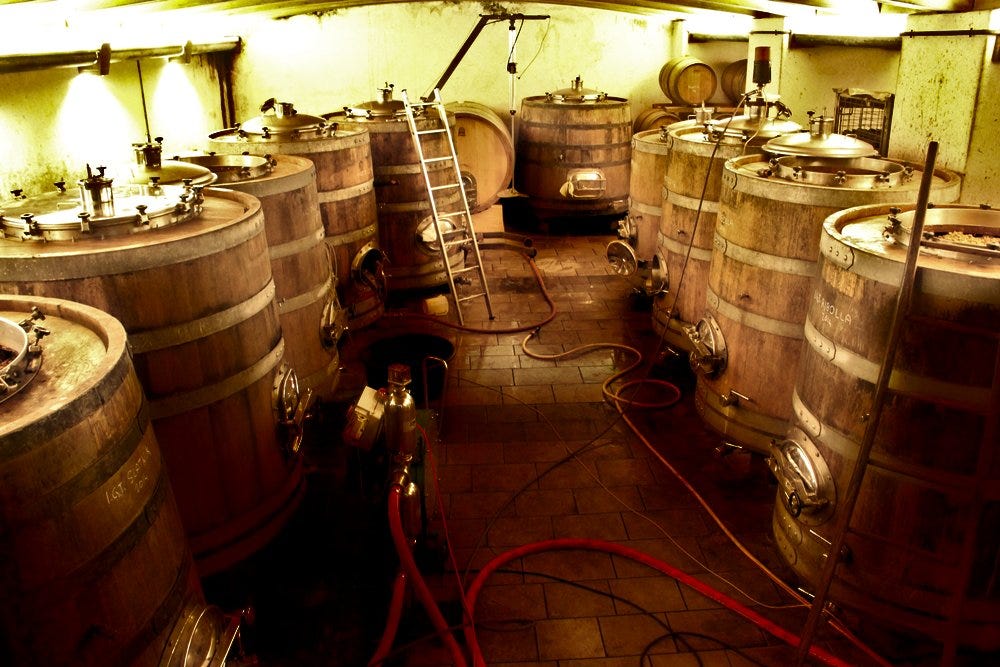Year zero at Radikon - Ribolla Gialla 1995
Stanko Radikon describes the life changing moment in 1995 which prompted him to switch his entire production to orange wine.
"The really big change was when I tasted the wine. It was something completely new, totally different and exciting. It made me crazy, just tasting it."
This is how Stanko Radikon describes the life changing moment in 1995 which prompted him to switch the family's entire wine production to what we now know and love as "orange wines". Dissatisfied with the…
Keep reading with a 7-day free trial
Subscribe to The Morning Claret to keep reading this post and get 7 days of free access to the full post archives.




